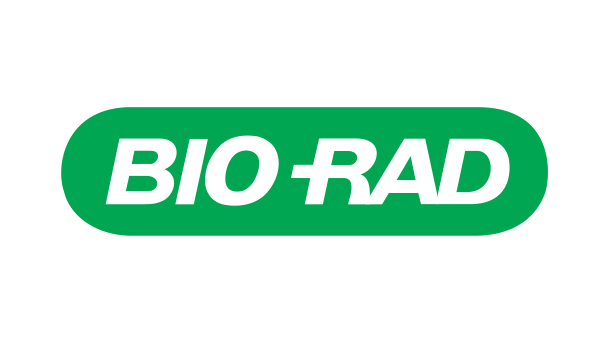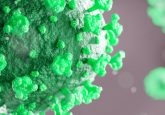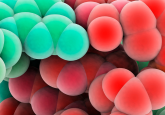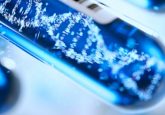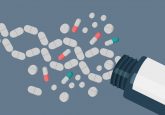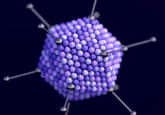Talking Techniques | rAAVs, host-cell contamination and ddPCR
In this episode of Talking Techniques, supported by Bio-Rad, we discuss a key component of many gene therapies: recombinant adeno-associated viruses (rAAVs) and their production for gene therapy applications. These viruses act as efficient, accurate delivery vesicles for the gene therapy’s plasmid, but challenges such as host-cell contamination can arise in their production.
Speaking to Associate Director of Biopharma Product Marketing at Bio-Rad Laboratories, Mark White, we take a look at the different expression systems used for their production and compare their advantages, before looking at some of the challenges involved in the production rAAVs.
Discover the tools that can help minimize host-cell contamination and differentiate between nuclease resistant and nuclease reactive contaminant DNA and find out about some of the most exciting developments in rAAV technologies.
Contents:
- The role of rAAVs in gene therapies: 00:40-02:15
- The production of rAAVs and gene therapies: 02:15-03:30
- Why are HEK cells so popular for cell therapy production? 03:30-05:45
- HEK vs SF9 Insect cell expression systems: 05:45-06:45
- Challenges in cell therapy expression systems: 06:45-08:05
- Host DNA contamination: 08:05-10:30
- The risks of host DNA contamination: 10:30-12:45
- Key techniques to minimize host DNA contamination: 12:45-14:40
- The advantages of ddPCR in gene therapy production: 14:40-17:50
- Distinguishing between nuclease resistant and nuclease reactive host cell DNA: 17:50-19:10
- The most exciting developments in rAAV technology: 19:10-20:20
- What is one thing you would ask for to improve rAAV and gene therapy development 20:20-26:38
This content was supported by Bio-Rad
